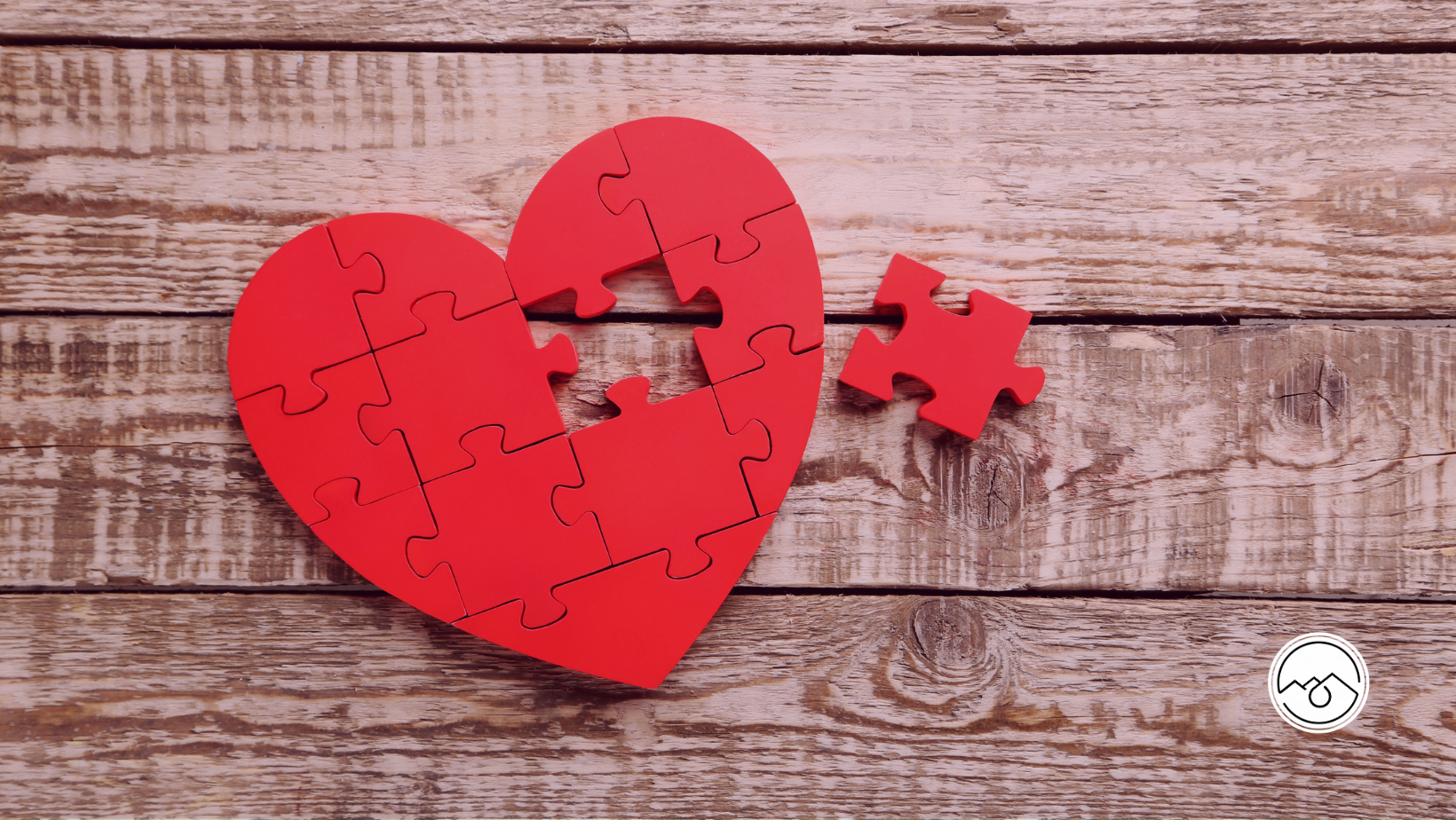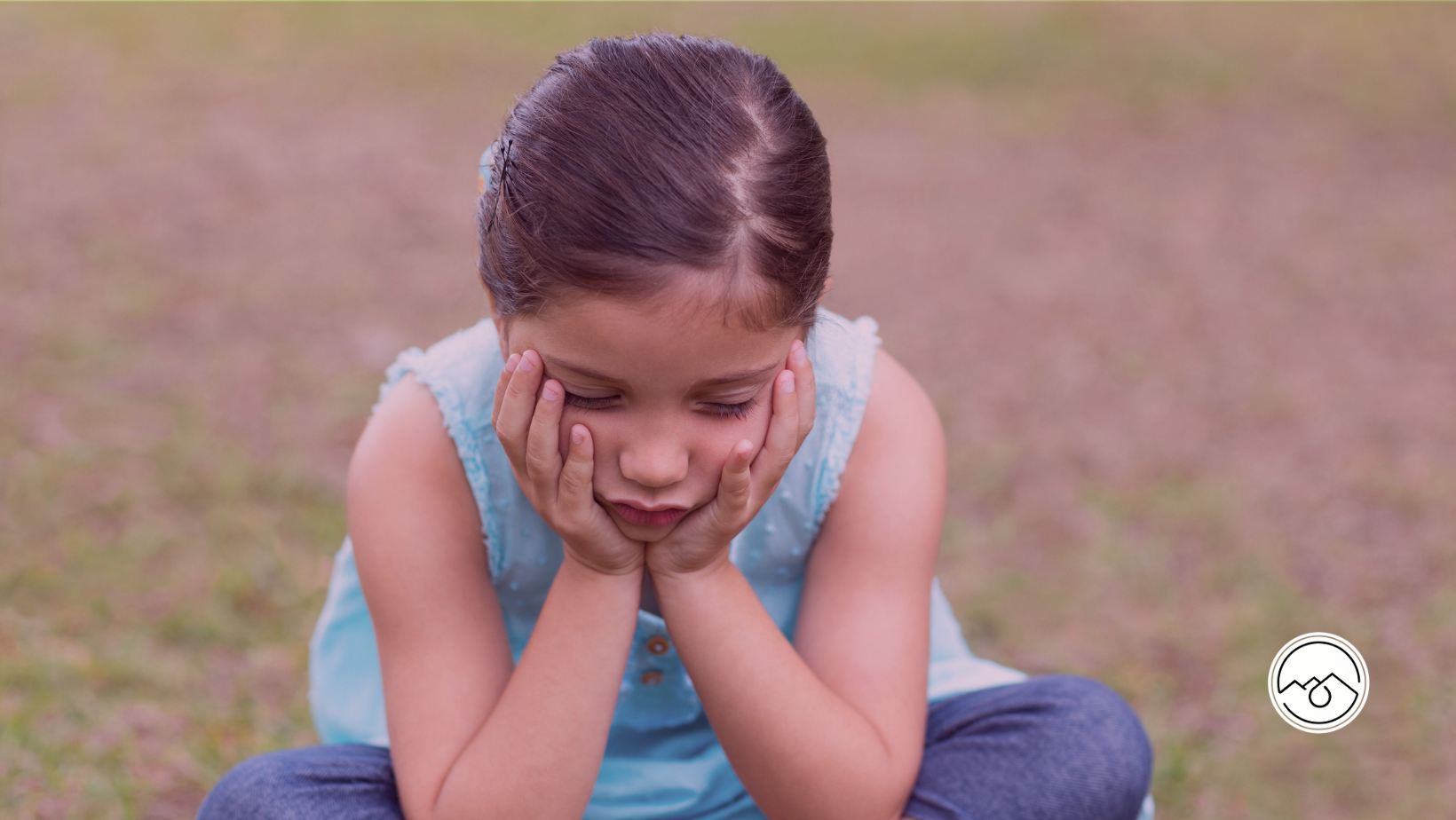Blog Post #31
TRIGGERS - What To Do About Them
Understanding Triggers and How to Heal from Them
Let’s talk about triggers. The last blog was about rejection, and this one follows a similar theme. Triggers are those moments when something stirs up emotional discomfort, causing stress, frustration, or even pain. They don’t always stem from major traumatic experiences—sometimes, they arise from the simple dissatisfaction of not getting our needs met, struggling to navigate our personal power, or encountering assertive personalities that clash with our own.
Why Do Triggers Affect Us?
Finding agreement within yourself is crucial because you’ll never fully agree with everyone else. People have different lifestyles, relationship choices, and beliefs, and that’s okay. True alignment happens inside of you, not outside of you.
Wayne Dyer once said, “If you squeeze an orange, what comes out? Orange juice—because that’s what’s inside.”
When we’re squeezed by stress or pressure, whatever emotions are inside us come out. If you feel frustration, insecurity, or shame, those are emotions that haven’t been processed yet. But when you do the work and heal, those same triggers lose their power.
The Connection Between Triggers and Emotional Trauma
Unprocessed emotions from childhood are often at the root of our emotional triggers.
For example, unfairness is a huge trigger for me. As a Libra, I naturally seek balance, and when I perceive something as unfair, it stirs up strong emotions. Many of my childhood experiences involved unfair treatment, which means that as an adult, I have to be mindful when similar situations arise.
If you ever find yourself saying, “That’s not fair!”—pause. Ask yourself, What emotion is really coming up for me right now? If you can name it, you can heal it.
Signs You’re Being Triggered
Triggers sneak up on us in many ways. Some days, they’re obvious, and other times, they disguise themselves as irritation, stress, or frustration.
Think about parenting:
- In the morning, you start with patience and energy.
- By evening, you’re completely drained, and suddenly, small things set you off.
There’s a meme that perfectly illustrates this: A picture of Barney the Dinosaur labeled “Me in the morning”, and next to it, a picture of Godzilla breathing fire labeled “Me at night”. Sound familiar?
Triggers often intensify when we’re tired, overwhelmed, or emotionally drained. That’s why self-care is essential—it helps us regulate our emotions before they take over.
What Can You Do About Triggers?
Here’s the good news: Triggers are opportunities for healing. Once you process them, they lose their hold over you. Here’s how to take back your power:
1. Identify the Emotion
The first step is to name what you’re feeling. Ask yourself:
- Am I feeling abandoned, rejected, unheard, disrespected, or powerless?
- Did this emotion originate in childhood?
Once you name the emotion, it becomes easier to address it instead of reacting unconsciously.
2. Reframe the Story
Our perception shapes our reality. If someone imposes their opinions or decisions on you, you may feel powerless. Instead, shift your mindset:
- Instead of “They’re trying to control me,” reframe it as “They care, but I have the right to make my own choices.”
- Instead of “They’re disrespecting me,” say “They have their own perspective, and I don’t have to take it personally.”
When you change your inner dialogue, the external situation loses its emotional grip.
3. Set Boundaries with Confidence
If someone constantly triggers you, it might be time to set firm boundaries. This isn’t about shutting people out—it’s about protecting your emotional well-being. Try saying:
- “I appreciate your concern, but I trust myself to make the right decision.”
- “I understand your point of view, but I need space to handle this my way.”
- “I love you, but I won’t engage in this kind of conversation anymore.”
Healthy boundaries create emotional safety, reducing the likelihood of future triggers.
4. Practice Emotional Regulation
When a trigger arises, try this grounding exercise:
- Breathe deeply—inhale for 4 seconds, hold for 4 seconds, exhale for 8 seconds.
- Remind yourself: “I am safe. I am in control of my emotions.”
- Visualize letting go—imagine the emotion as a balloon floating away.
By consciously choosing calm, you regain your personal power.
5. Heal the Root Cause
Many triggers stem from childhood experiences where we felt powerless. Healing involves:
- Inner child work—comforting the younger version of yourself.
- Journaling—write down your emotions and burn the paper as a symbolic release.
- Forgiveness—not for them, but for YOU, so you can free yourself from the burden.
The Power of Self-Awareness
Healing from triggers isn’t about never getting triggered again—it’s about recovering faster. It’s about recognizing the pattern, pausing, and making a conscious choice.
The goal is to respond, not react. When you do the work, the same situations that used to trigger you will barely faze you. And that’s when you know you’ve healed.
Final Thoughts
The next time something pushes your buttons, take a deep breath and ask:
- What emotion is surfacing right now?
- Where did this belief originate?
- What action can I take to heal and move forward?
You have the power to break free from triggers. You are not your past. You are the creator of your own peace.
If this resonates with you, or if you have a personal experience with triggers that you’ve overcome, I’d love to hear from you! Drop me an email at teresafordcoaching@gmail.com—I read every message.
Note: You can access the full blog content in audio versions on Spotify and YouTube. Happy listening! 🎧
#nervoussystemhealing #overwhelmed #exhausted #restless #anxiety #anxietytips #depression #depressionsolutions #traumahealingjourney #hormonebalance #storedtrauma #stressrelease #traumarelease #stressrelief #somatichealing












